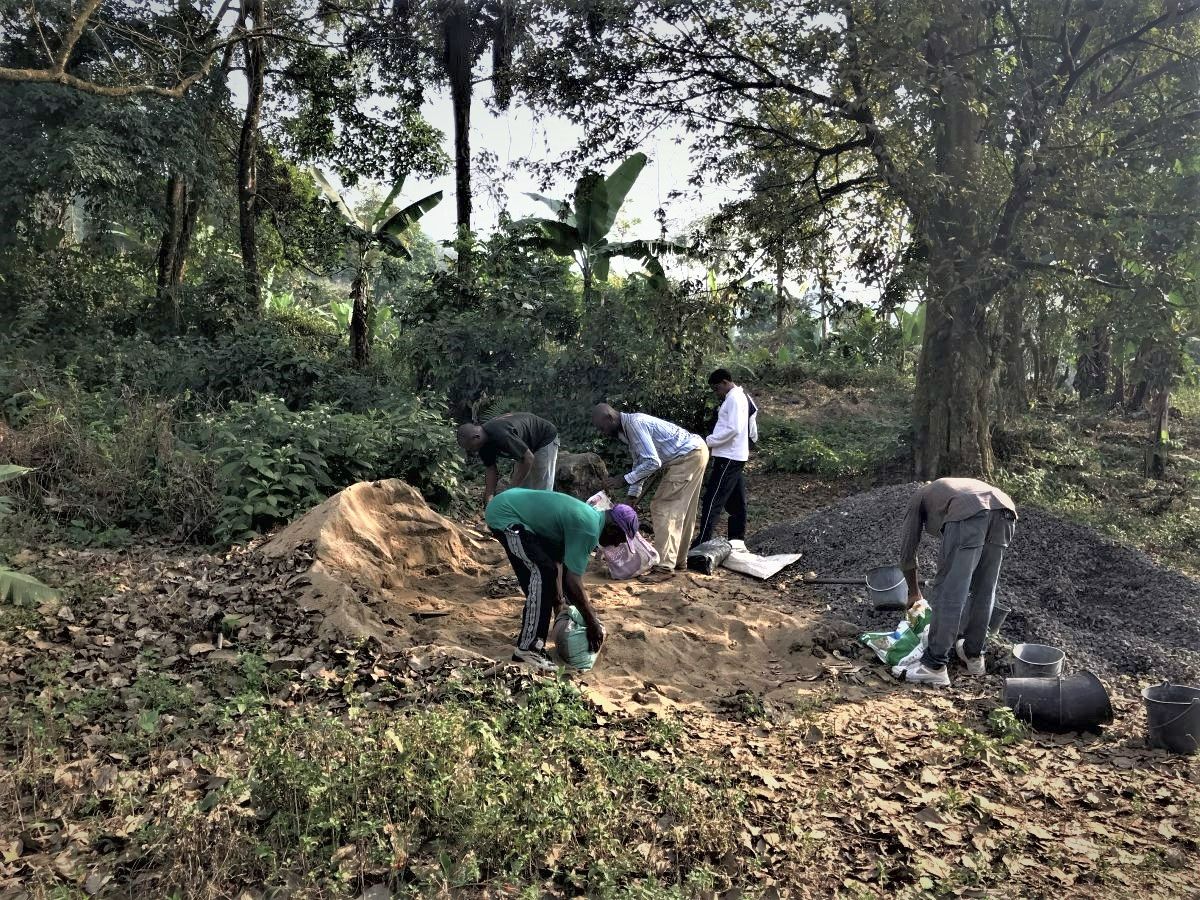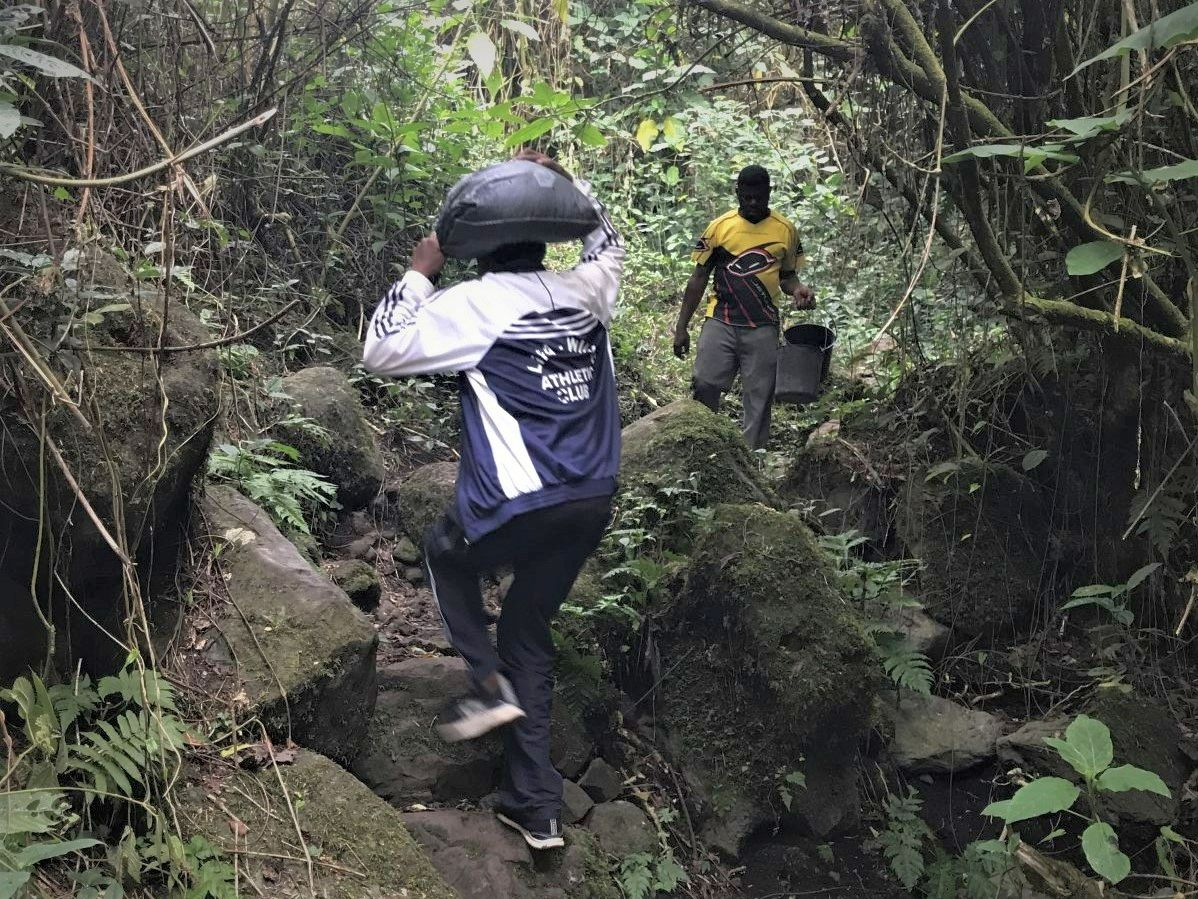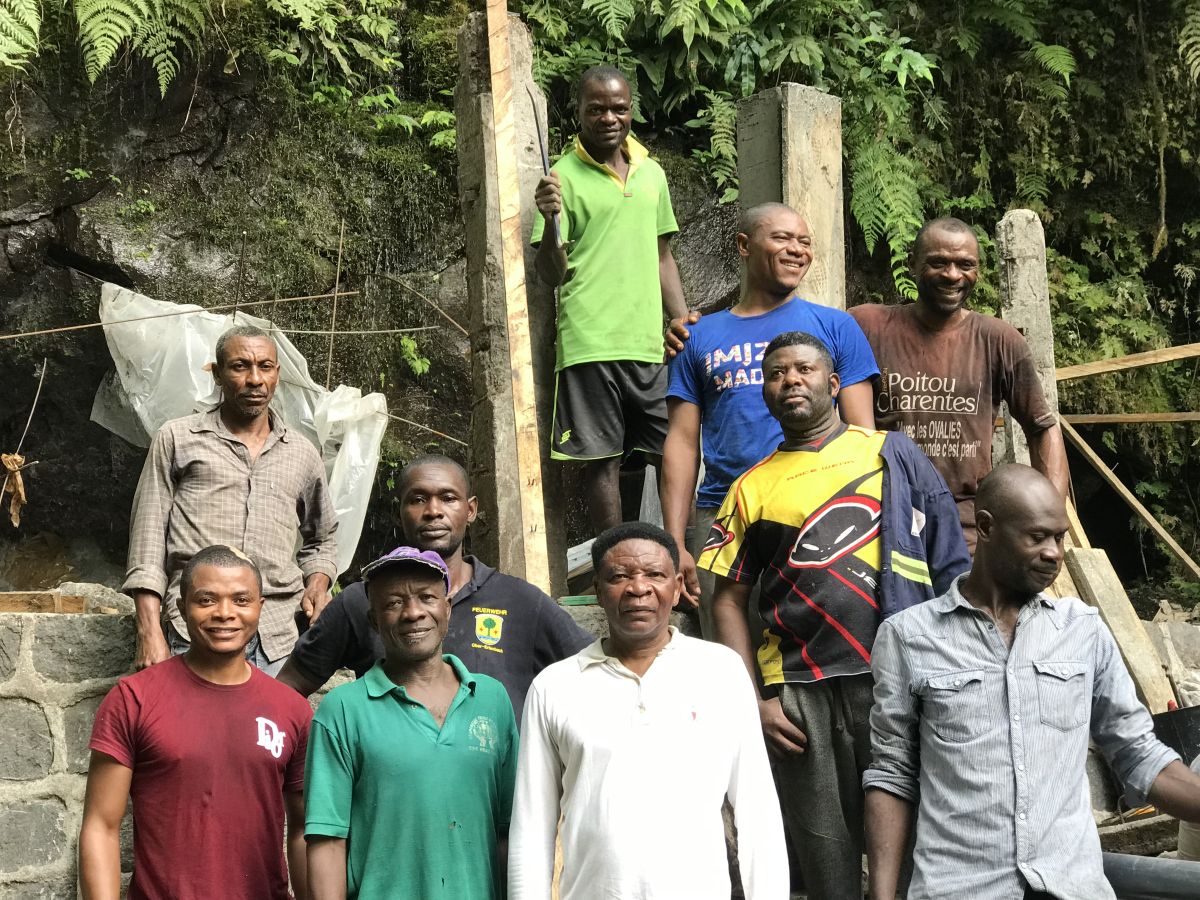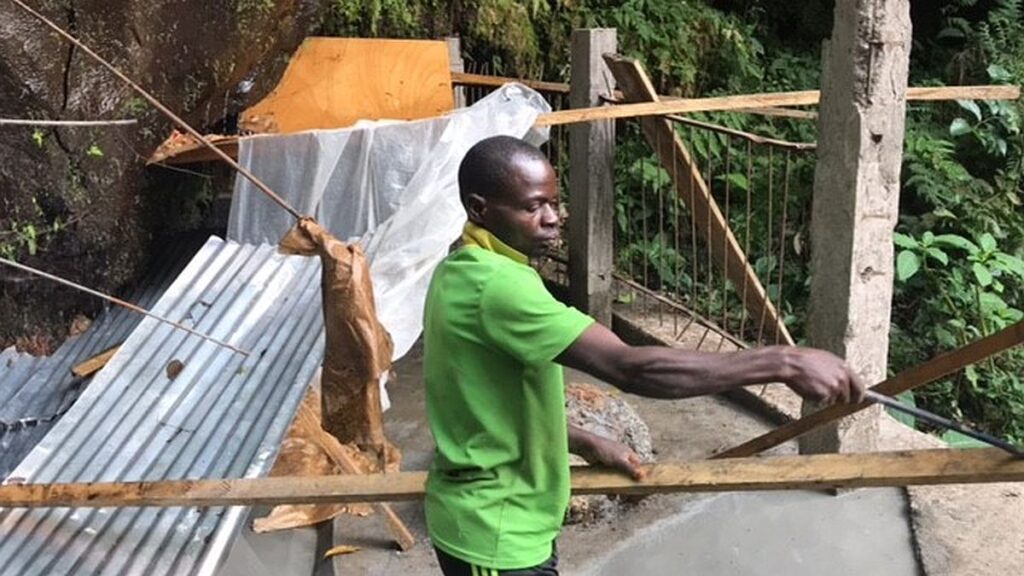Community Water Schemes, A Relief Effort

According to the Water Resilience Coalition of the of the UN Global Compact, over two billion people around the world are living in water stressed areas. Buea is a community situated on the slopes of Mount Cameroon with a population of more than 180,000 people, ranging from natives to non-natives…farmers and non-farmers, likewise pupils and students. This diversity of people depends on water for their livelihood and maintaining their activities. While the farmers place themselves at the top of the list in terms of priority as to who needs water most, the students and actors from the formal and informal sectors also make a stand on the issue of why their interests are a priority.
Presently, a water crisis is affecting almost every quarter and village in the sub-division, with the those of the average/low income and farmers feeling the pinch most acutely. Very often, the municipality suffers from a low water table, and springs, streams and drinkable rivers run completely dry during the dry season. This is believed to occur as a result of cutting down trees and exposing these water sources to direct sunlight, while the second school of thought holds that climate change is the major factor to the water crisis faced by the municipality.
Whether or not water sources are being exposed or climate change is affecting the water ration, the community water scheme has stood the test of time over the years. However, now, in the midst of the water crisis, public taps dry up with very little or no warning, and communities (both urban and rural) are looking for rescue. The majority of villages along the slope of Mount Fako (Mt. Cameroon) depend on community water catchment systems, which today are agreed to be the most reliable and accessible schemes. Some community members confirm that they have not drank water from public taps for over a decade because they went dry and sometimes the taps are overcrowded which often result in fights. With water catchment systems they avoid these issues.
To sustain the interest, activities and the posterity of community water catchments, it is important to ensure the engagement of the locals and ownership of such projects for proper management.
Taking into account the fact that the dry season is around the corner and the water crisis is bound to intensify, community members recently carried out collective work to enhance the volume of water leaving the catchment to the tank and reducing the amount of water lost between the source and the catchment. After the exercise, the locals where happy with the quality of work they accomplished. This confirms that the amount of water entering the tank has increased as it takes much less time than before for the tanks to be full and the taps can run more frequently than before. Such initiatives are classified as best practices towards sustainable rural development because if such actions are not encouraged, it is argued that half of the world’s population will live in water stressed communities (Water Resilience Coalition).





